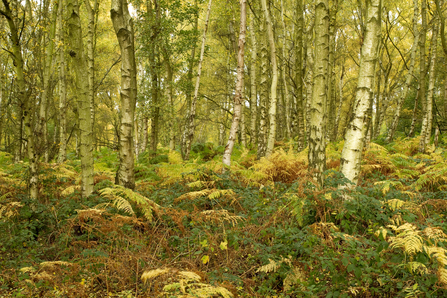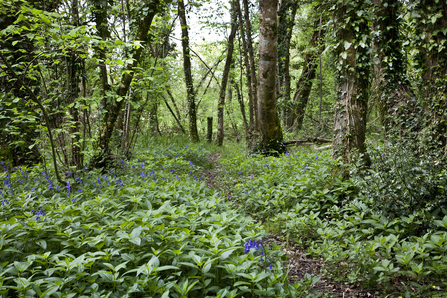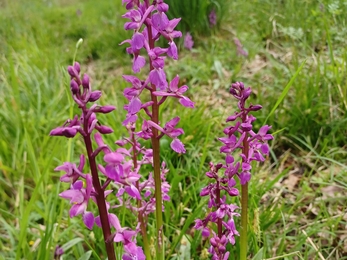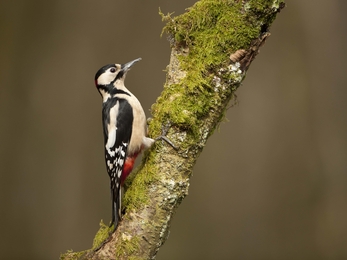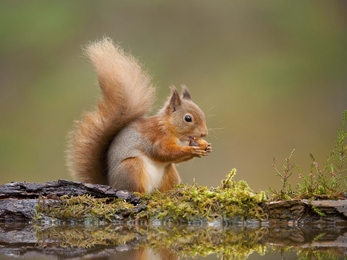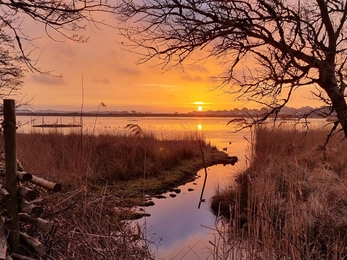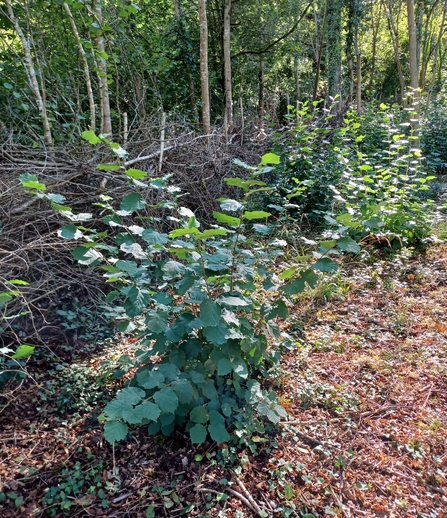As Dorset Wildlife Trust’s warden for north Dorset, I count myself as extremely lucky to work on several woodland nature reserves. Woodlands have always been one of my favourite habitats, so I was really excited to watch the woodland episode of Wild Isles. And I was not disappointed! The episode really showed us all how important and awe inspiring the woodlands of the United Kingdom are. From the Caledonian forest of northern Scotland with its majestic Scots pine trees to the Atlantic Oak woods of Wales with their rich assemblages of ferns, mosses and lichens, the UK has an incredible diversity of woodland habitats, each one supporting a myriad of different species.
Of course, it is not just their incredible importance for wildlife that makes woodlands one of our most beloved habitats. They have always had huge cultural significance. The feelings of wonder and intrigue felt within a woodland dwell deep within our psyche. Throughout history they have been both places to fear and to seek shelter. Places where mysterious and magical creatures may dwell and places of bounty that can provide us with food, fuel and timber. It’s safe to say woodlands have and always will be vital for both humans and wildlife.


